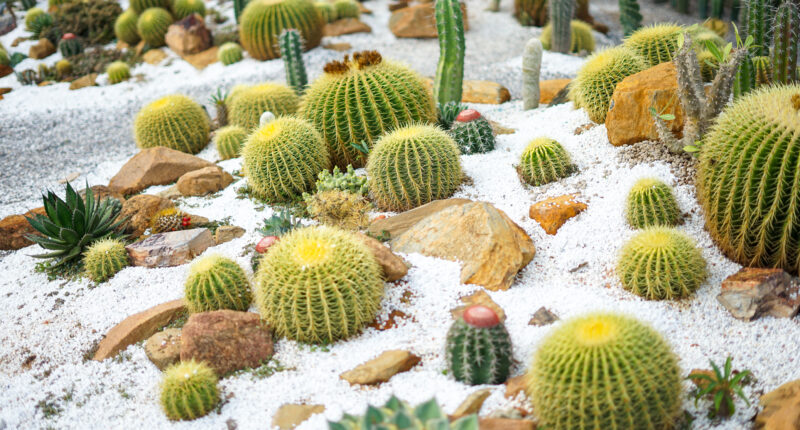Caring for succulents during the winter months requires some adjustments to accommodate their needs during colder and darker conditions. Here are some essential tips for caring for succulents in winter:
Sunlight:
Place succulents in the sunniest location possible during the winter months, as sunlight levels may decrease indoors.
If growing indoors, position succulents near south or west-facing windows to maximize sunlight exposure.
Rotate succulent pots regularly to ensure even sunlight exposure and prevent etiolation (stretching) towards the light source.
Temperature:
Succulents are generally tolerant of cooler temperatures, but most prefer temperatures above 50°F (10°C) during the winter months.
Protect outdoor succulents from frost and freezing temperatures by bringing them indoors or providing frost protection, such as covering with frost cloth or moving to a sheltered location.
Watering:
Adjust your watering schedule to account for reduced light levels and cooler temperatures during the winter.
Water succulents less frequently during the winter months to prevent overwatering and root rot. Allow the soil to dry out completely between waterings.
Water succulents during the morning to allow excess moisture to evaporate before temperatures drop at night.
Soil:
Ensure that succulents are planted in well-draining soil to prevent waterlogging and root rot.
Avoid using heavy or moisture-retentive soils that can trap water and lead to fungal diseases.
Consider amending the soil with sand, perlite, or gravel to improve drainage if necessary.
Humidity:
Succulents prefer low to moderate humidity levels, but indoor air can become dry during the winter due to heating systems.
Increase humidity levels around succulents by placing a shallow tray filled with water and pebbles near the plants or using a room humidifier.
Avoid misting succulents directly, as this can promote fungal diseases and rot.
Protection:
Provide additional protection for outdoor succulents during extreme weather conditions, such as heavy rain, strong winds, or frost.
Cover outdoor succulents with frost cloth or move them to a sheltered location during cold snaps to prevent frost damage.
Pruning and Maintenance:
Inspect succulents regularly for signs of pests, diseases, or damage, and take appropriate action to address any issues.
Prune dead or damaged leaves as needed to maintain plant health and appearance.
Avoid fertilizing succulents during the winter months, as they are typically in a dormant state and do not require additional nutrients.
By following these winter care tips, you can help your succulents survive and thrive during the colder months and ensure they emerge healthy and vibrant when spring arrives. Adjust your care routine based on the specific needs of your succulent species and environmental conditions in your region.

Here's what you should do next...
I want to share with you more succulent care tips, growing secrets, and troubleshooting fixes to:
- Grow healthier, more vibrant succulents
- Keep your succulents happy indoors and out
- Revive your unhealthy succulents FAST
- Make your own succulent-specific potting soil
- Inspire tons of different DIY succulent projects
- Solve your most pressing succulent problems
- and TONS of succulent FAQ answers on the next page!
You will also discover over a HUNDRED surprising tips and tricks you can use daily to effortlessly transform your succulents into healthier, happier plants... click the button below to go to the next page to discover more succulent care tips, growing secrets, and troubleshooting fixes that will make your life 100x easier: